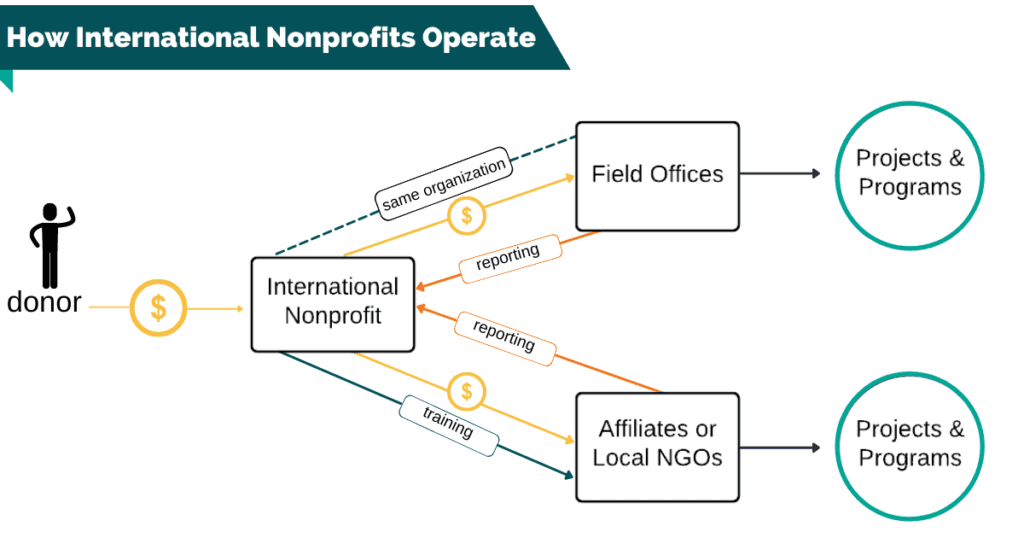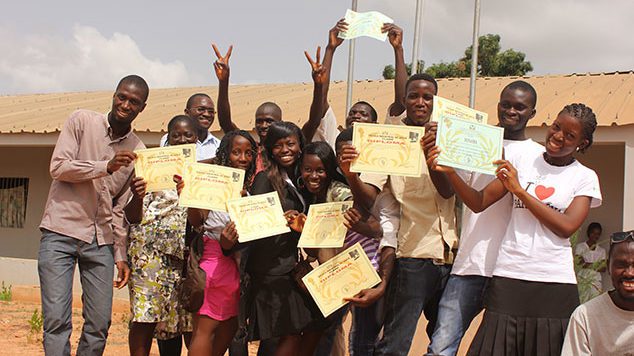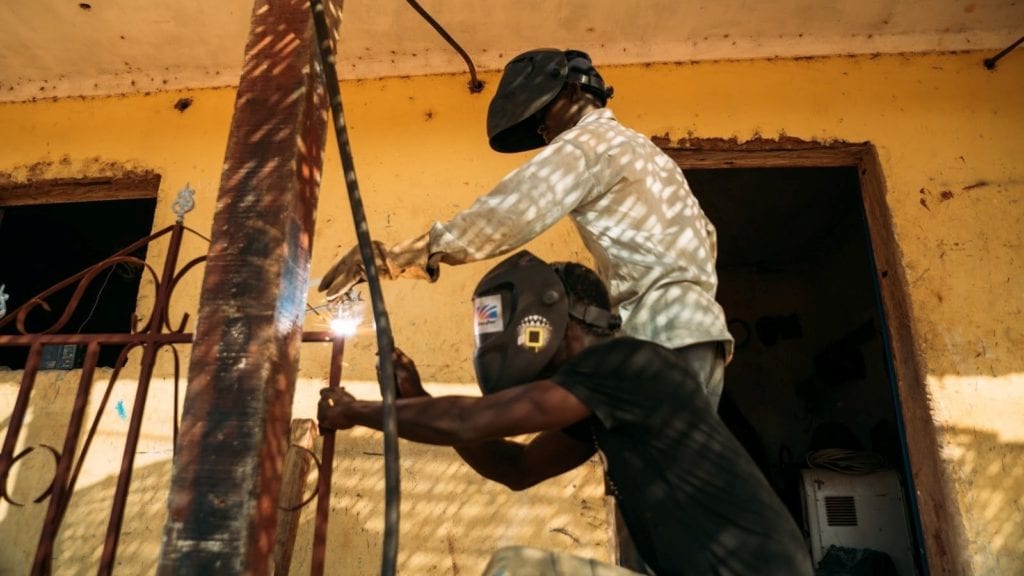When you click “donate” to buy school supplies for a kid in Africa, to help a woman in India start a business, or to help feed a poor family in rural Guatemala – where does your money go?
Nonprofits usually try to give donors a simple message: Donate $50 now to help someone in poverty. But how does your charitable donation get to the person in need? And how do these international nonprofits actually operate?
Nonprofits that work around the world are often known as international NGOs (non-governmental organizations). Many of them are headquartered in the United States or Europe, but do most of their work in under-developed (poorer) countries. These include well-known organizations like Doctors Without Borders, World Vision, Compassion International, Save the Children, charity:water, and Samaritan’s Purse.
International nonprofits with field offices and affiliates
Every international nonprofit is structured differently, but most of them have “field offices” located in the countries where they work. These offices often employ many “locals” or “nationals” – people who are from the country where the programs are being implemented and who understand the language and culture.
In addition, larger nonprofits sometimes create affiliate organizations in many of the countries where they work. Sometimes, these affiliates have their own board of directors with varying degrees of control over management and financial decisions. So when you donate to World Vision, for example, your gift may get passed on to World Vision Kenya, which is a semi-independent organization.
Usually, there’s some type of agreement that binds all the affiliates together. World Vision, for example, requires each affiliate to sign a “Covenant of Partnership,” which requires the affiliate to follow a certain set of policies and abide by any decisions made by World Vision’s international governing board.
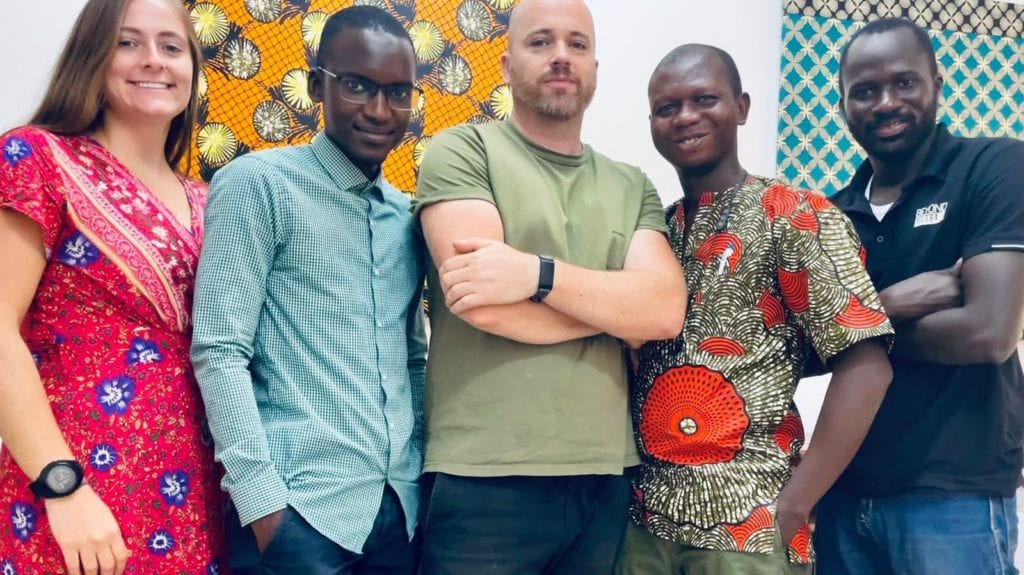
Many international nonprofits recognize the need for their international staff to work closely with nationals so they can better understand the culture and context of where they are working.
International nonprofits with local partners
Other international nonprofits partner with local organizations. These local organizations are nonprofits that were started by people in poorer countries so they could help the people in their own communities. They are often referred to as “local NGOs” or “civil society organizations.” They’re usually much smaller than the international nonprofits they partner with.
Here’s how the partnership usually works: the international nonprofit (usually based in the “global North,” which includes the United States and Europe) hosts events, sends emails, and delivers letters that ask donors to give generously. Then they pass those donations on to the local partner organizations.
For example, the U.S.-based nonprofit passes on its charitable donations to local organizations in Kenya that are run and controlled by Kenyans. Sometimes, as is the case with Blood:Water Mission, the international nonprofit will require that the local organization receive training in financial reporting and project management before it can receive any funding.
I work for an international nonprofit called West African Vocational Schools (WAVS) and we do something similar. We want to encourage local leadership, so we partner with a local organization called Ponte da Vida (“Bridge of Life”). WAVS actually helped start Ponte da Vida. On a day-to-day basis, Ponte da Vida is responsible for running the vocational schools owned by WAVS in West Africa. We work almost exclusively with this local organization so that we can focus on building up a sustainable and durable partnership.
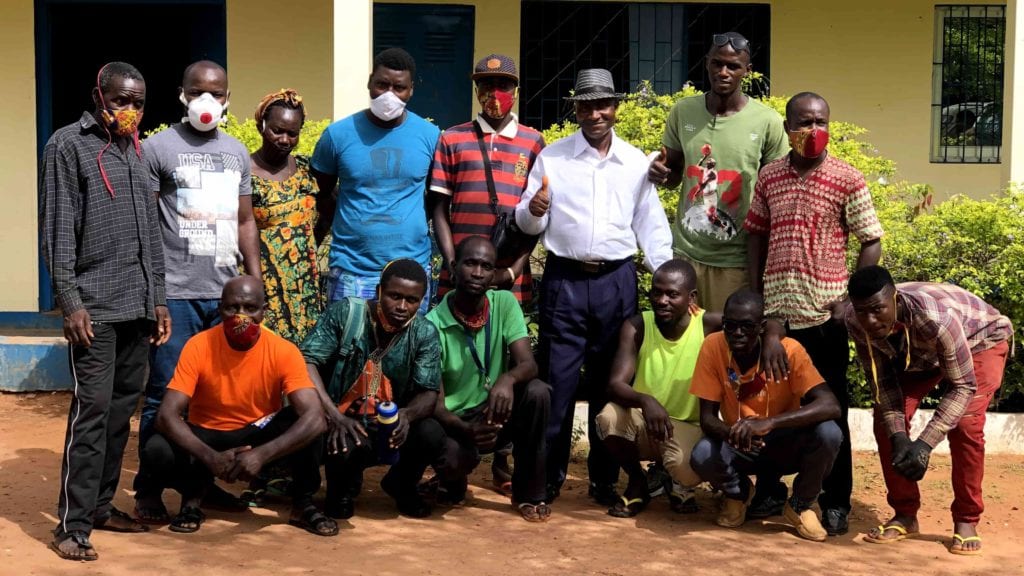
WAVS partners with a local NGO called Ponte da Vida, which runs the WAVS vocational schools on a day-to-day basis.
How charitable nonprofits use donations
Once you make that donation, what happens to your charitable gift? Depending on the nonprofit, some of it may be used to cover basic operational costs like staff salaries (volunteer labor only goes so far!). Most of it, though, goes to the nonprofit’s field offices, affiliates, or local partners so they can fund the programs that help people in poverty.
International nonprofits know that many donors like to “sponsor” children in poverty, so child sponsorship programs are a popular way for nonprofits to raise funds. But how those donations are actually used varies from nonprofit to nonprofit.
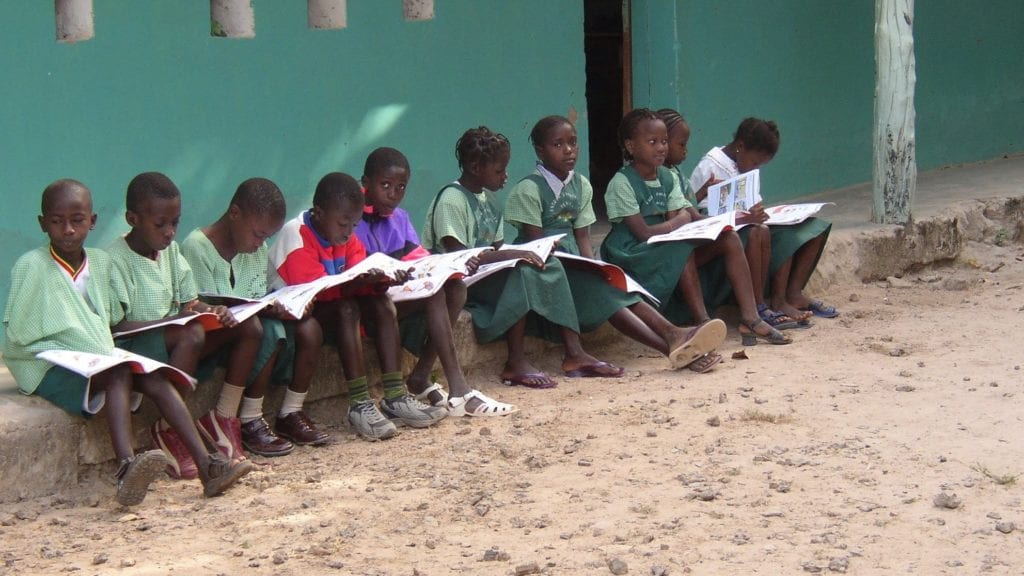
Child sponsorship programs are a common way that nonprofits raise funds.
World Vision, for example, pools together child sponsorship funds from donors and uses them to help everyone in a community. Usually, these are communities where the vast majority of people are living in poverty, often on less than $2 a day. World Vision has learned the hard way that giving special treatment to one child (like free school supplies) isn’t a sustainable way to help people in poverty. Plus, it often has unintended consequences: the children who don’t get free stuff feel jealous.
West African Vocational Schools has a similar model: we encourage our donors to join the One Student community, which is a group of monthly givers who help equip young people in West Africa with life-changing job skills, one student at a time. They usually give $40/month because that’s how much it takes to cover the cost of training one student for one month.
Because WAVS covers its operational expenses with the help of other donors, all donations from One Student donors get pooled together and sent to Ponte da Vida. The local organization then uses the funds to operate WAVS vocational schools in West Africa. Students still pay a small tuition fee, but the funds from One Student donors cover the bulk of the expenses – including teacher salaries, teaching material, and tools and equipment for students to use in their training courses.
One Student members help cover the cost of training for students at WAVS vocational schools — one student at a time
Any questions?
Still have questions about how international nonprofits work or how donations are used? Feel free to email me. I always enjoy hearing from donors who care about how nonprofits operate and want to see them use their donations effectively.


